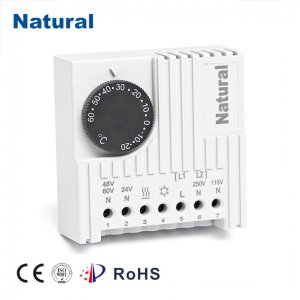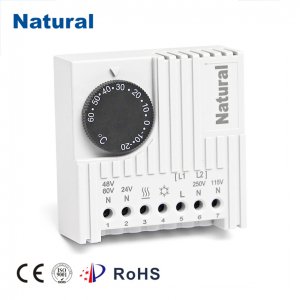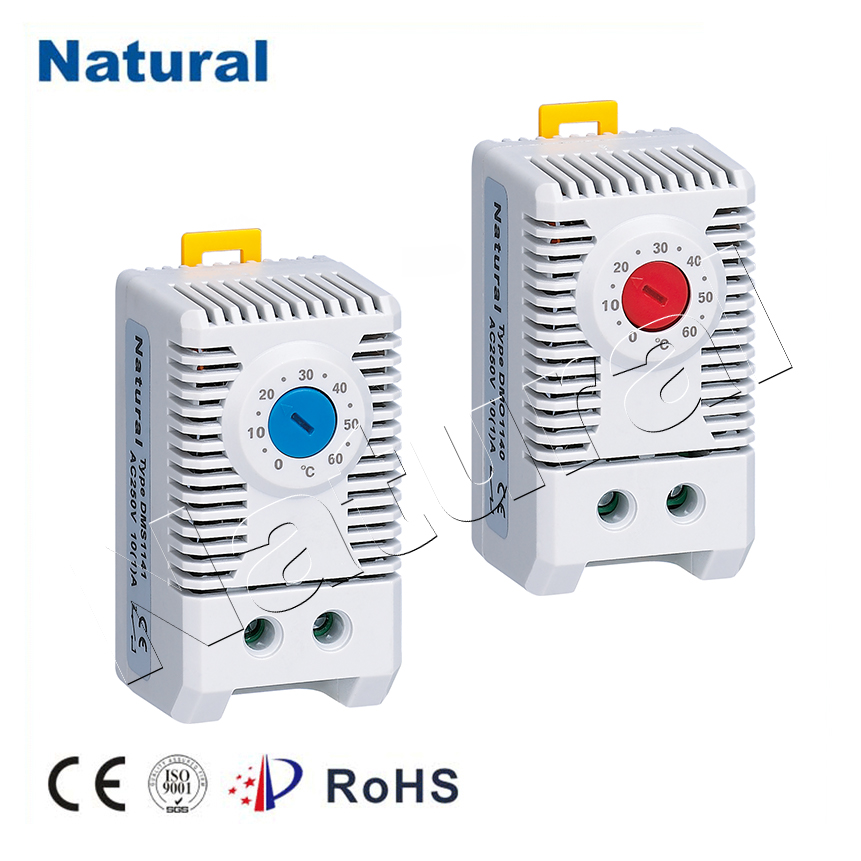A 24V thermostat is a vital component in the operation of many heating, ventilation, and air conditioning (HVAC) systems. Whether you’re upgrading your home’s heating system or looking to install a new unit, understanding how a 24V thermostat works can help you optimize the performance of your HVAC system. This article explores the function, installation, and benefits of a 24V thermostat, providing insight into how it can improve comfort and efficiency in your living space.

What is a 24V Thermostat?

A 24V thermostat is a type of temperature control device that operates on a 24-volt power supply. Most traditional HVAC systems, including central heating and cooling systems, utilize a 24V thermostat to manage the temperature within a home or building. The name “24V” refers to the low voltage of the electrical current that powers the thermostat. This voltage is significantly lower than the standard 120V or 240V electrical circuits used for major home appliances, making it safer and more efficient for controlling HVAC systems. The 24V thermostat is commonly used for controlling both heating and cooling systems. It sends signals to the HVAC unit based on the temperature reading it detects and the settings programmed by the user. If the room temperature is higher or lower than the desired setting, the thermostat will activate the heating or cooling system accordingly.
